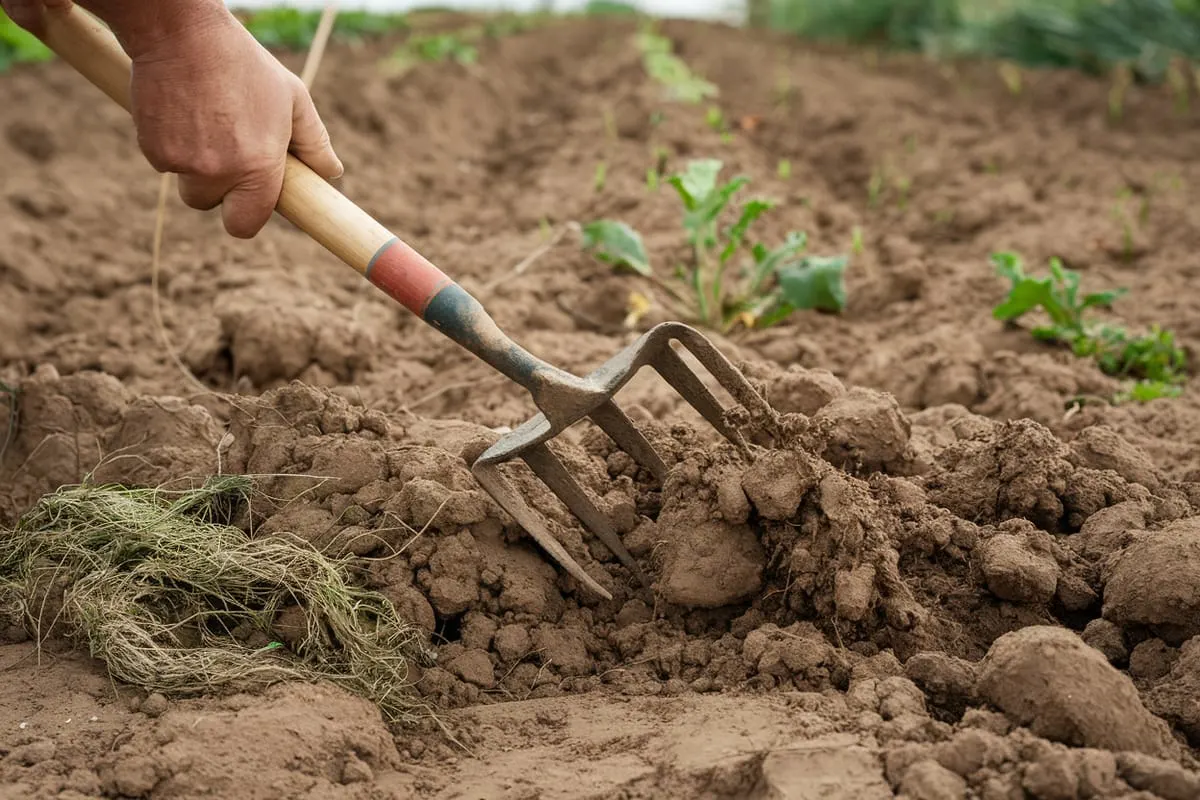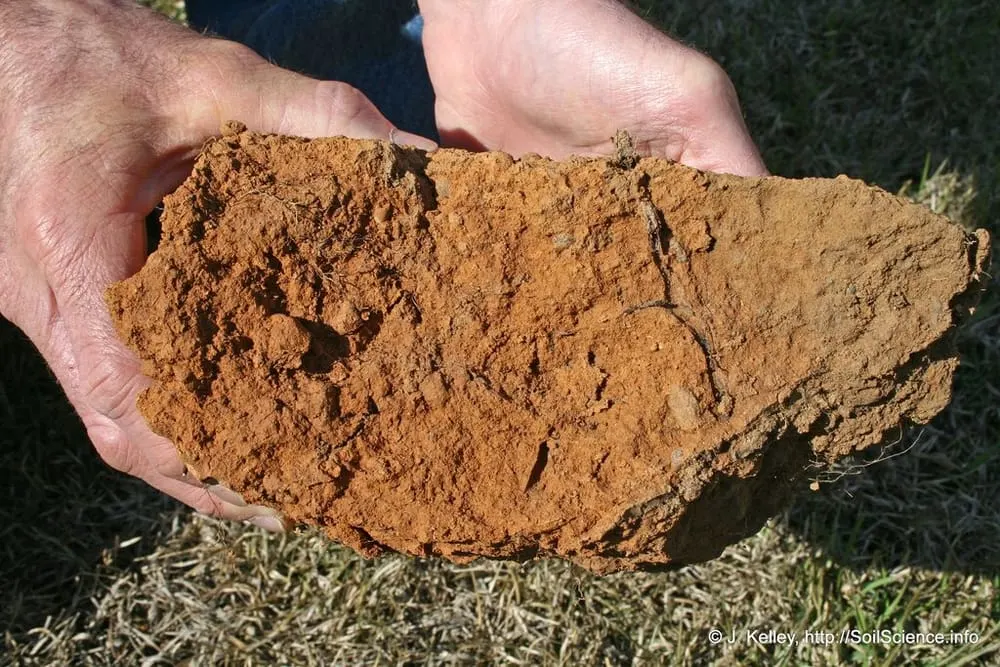Dealing with clay soil can feel like trying to garden in a sticky mess rather than a nurturing bed for your plants. But don’t let it dampen your spirits. Understanding how to improve clay soil can be your ticket to vibrant plant life, transforming challenges into opportunities. This is crucial because clay soil, if managed wisely, provides benefits like moisture retention and nutrient richness, which can be an asset to your garden.
Before you throw in the towel and decide that clay just isn’t your thing, consider this: with the right adjustments, clay soil can become a gardener’s best friend. It offers a structure that holds nutrients well, which can be improved to support a wide variety of plants. Let’s explore how to enhance this stubborn soil type into a fertile ground that can support a flourishing garden.
Understanding Clay Soil Characteristics

First things first, understanding the nature of clay soil is crucial. Characterized by its fine particles, clay soil is notorious for its poor drainage and compact structure. These attributes can lead to waterlogged roots and restricted plant growth—an obstacle for many garden enthusiasts.
However, it’s not all doom and gloom. The high density of clay can mean excellent nutrient-holding capacity. When properly amended, it can become a powerhouse of fertility, providing your plants with a steady supply of essentials. So, rather than avoiding clay soil, think of it as a diamond in the rough.
Improving Soil Drainage

One of the main issues with clay soil is its drainage problem. To improve this, consider incorporating organic materials like compost or well-rotted manure. These materials help break up the compact clay, allowing for better air circulation and water movement. A general rule of thumb is to add a 2 to 3-inch layer of organic matter over your clay soil and work it thoroughly into the top 6 inches.
Another excellent method is using gypsum. This mineral doesn’t affect soil acidity but effectively loosens clay particles, improving water drainage. However, be cautious and test your soil first, as gypsum is not suitable for all types of clay.
Building Soil Structure

Enhancing the soil structure involves moving from heavy clay to a more crumbly, workable texture. Beyond organic amendments, consider planting deep-rooting cover crops like rye or clover. These plants push their roots through the clay, naturally aerating it and adding organic matter as they decompose.
Moreover, mulching can aid in maintaining a healthy soil environment. Mulching reduces surface crusting, retains moisture, and encourages microbial activity, all of which contribute to a lighter, more friable soil structure over time.
The Importance of pH Balance

Lastly, don’t overlook the importance of pH balance in clay soils. Clay tends to lean towards the acidic side, which might not be ideal for some plants. Testing your soil with a simple kit can offer insights into what amendments might be necessary, such as lime to raise pH or sulfur to lower it.
Adjusting the pH of your soil can significantly enhance nutrient availability, making it more accommodating for a wider range of plants. A balanced pH is a final piece in optimizing your clay soil for productive gardening.
Wrap-Up: Turning Clay into Gold
The journey from wrestling with clay to cultivating in it is filled with layers of learning and experimentation. With strategic amendments and a bit of patience, clay soil can transform into a fertile foundation for your garden. Implementing these changes doesn’t just alter your soil; it enhances your entire gardening experience.
Whether you’re looking to nurture flowers, vegetables, or shrubs, the key is in the preparation. So, roll up those sleeves and get to work on your clay soil—it’s time to turn it into the thriving, productive space you’ve been dreaming of. And remember, every garden starts with understanding what lies beneath our feet.


